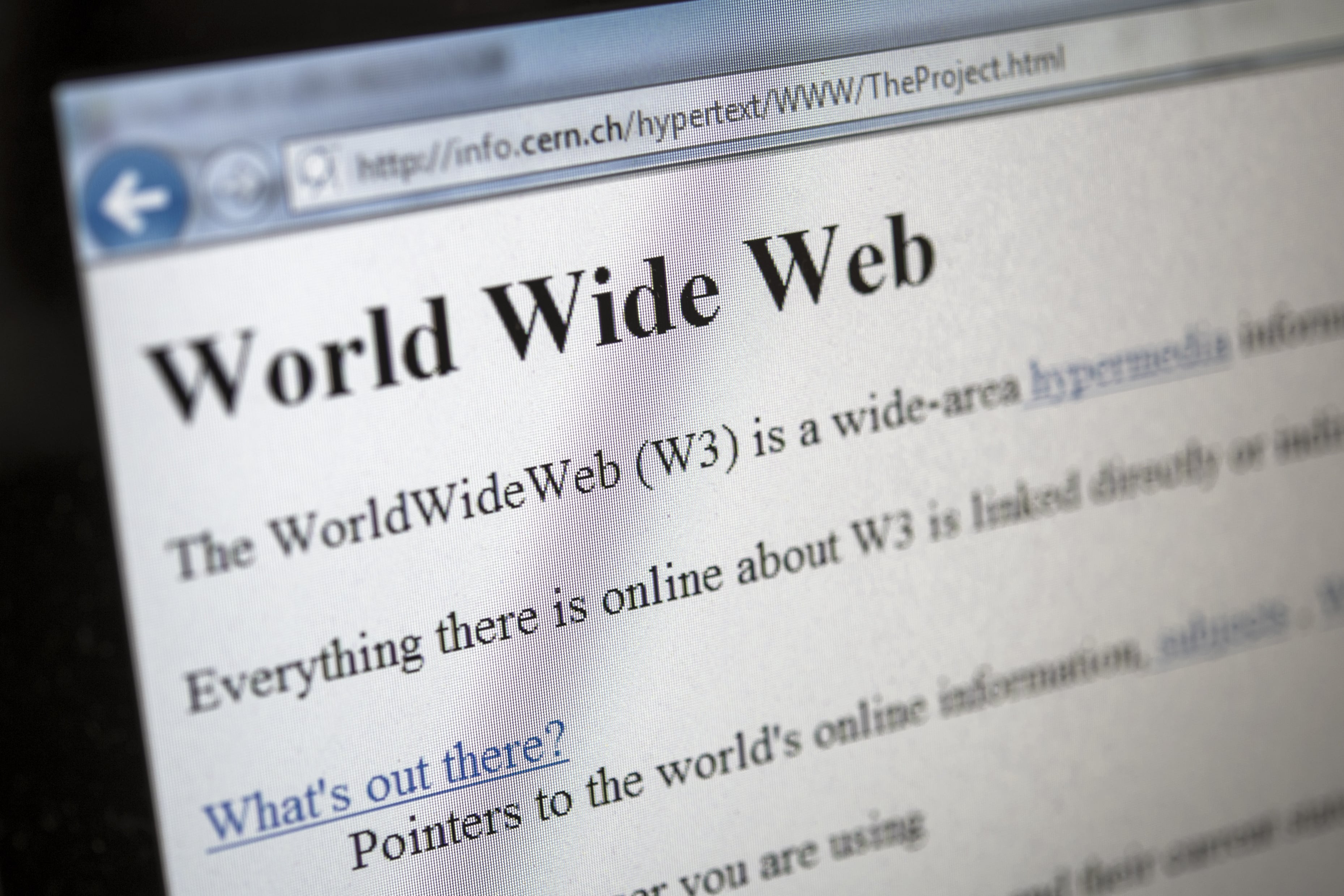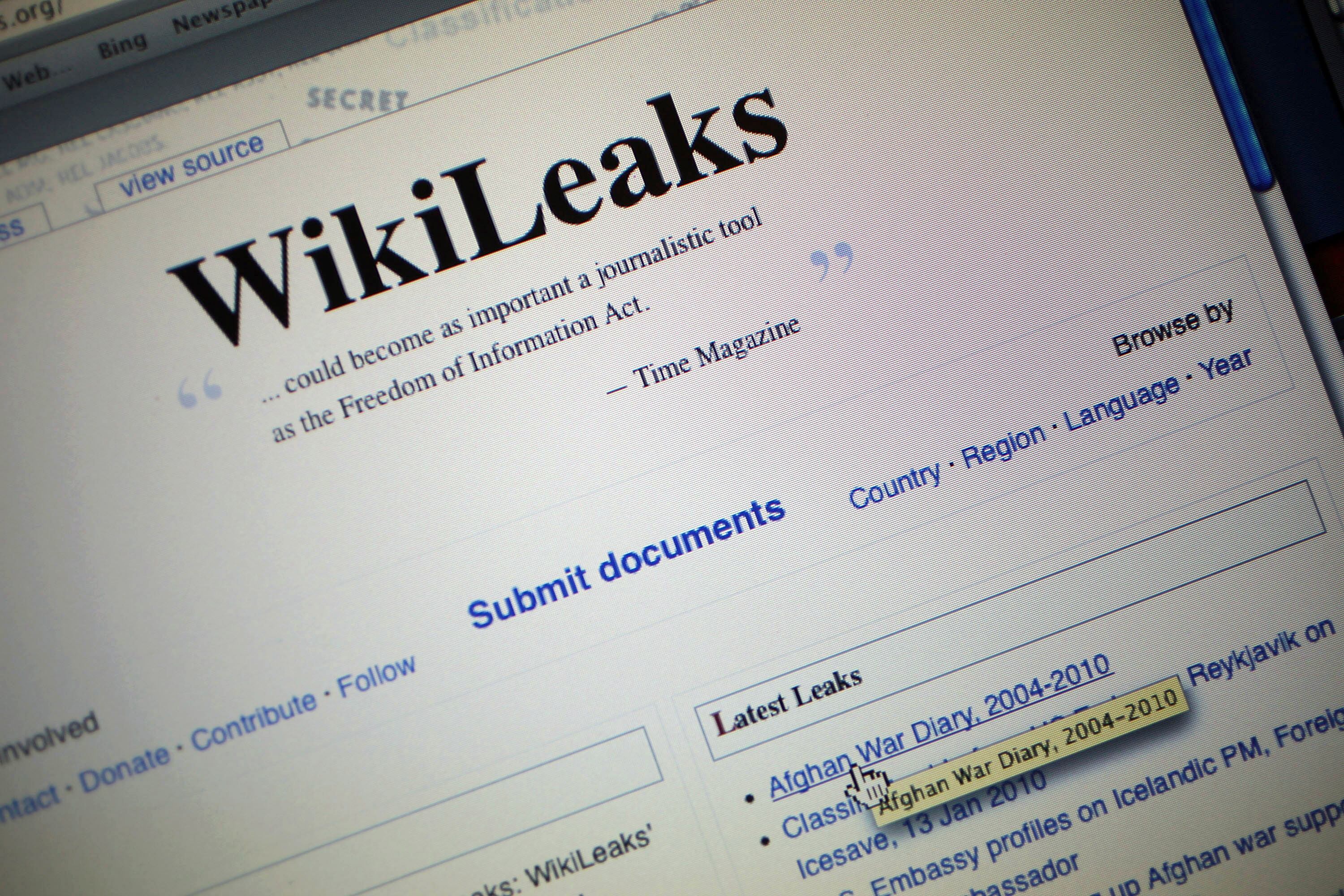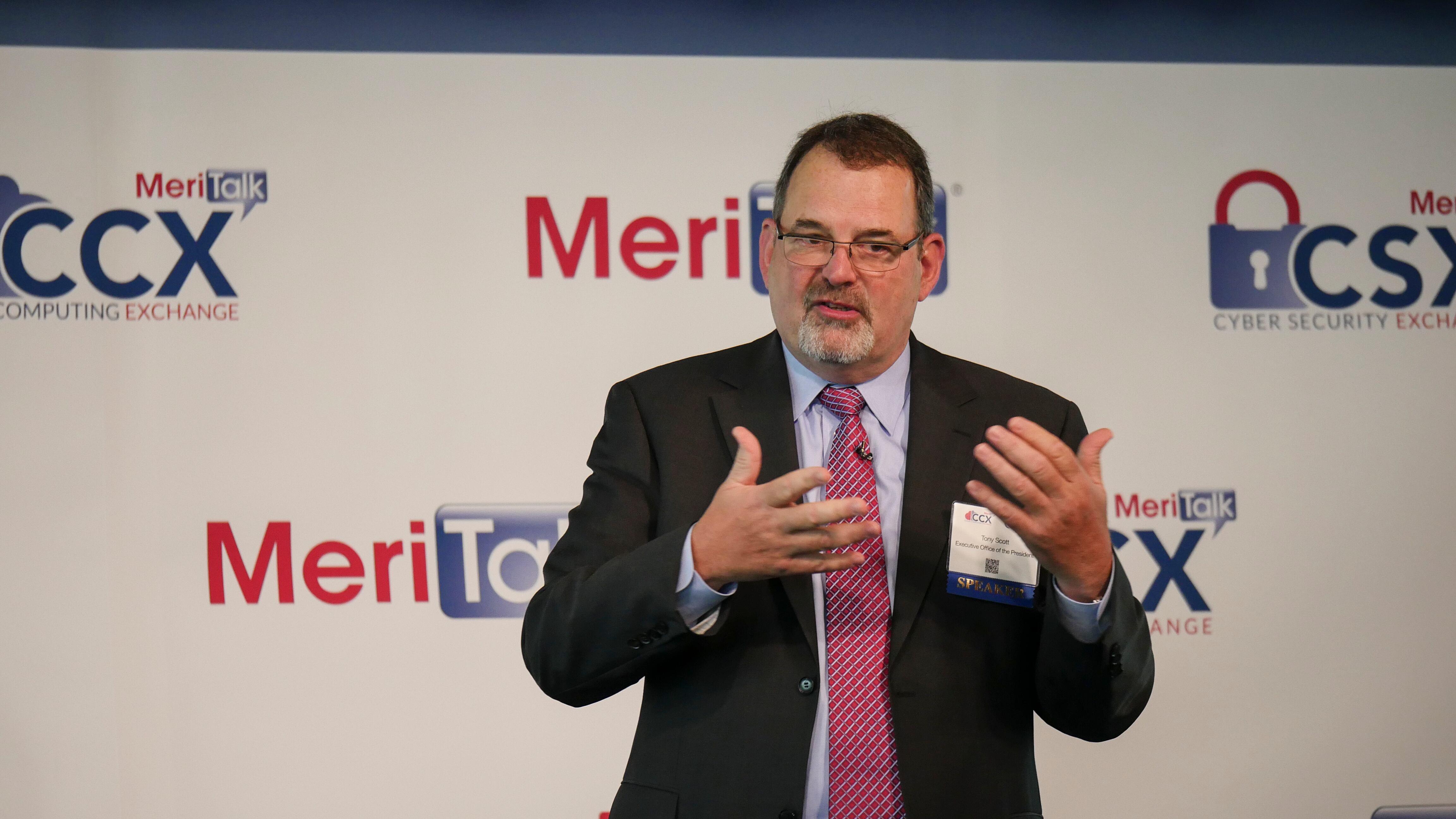Federal Times just wrapped up its 50th year publishing the news and information that matters to federal employees. One thing is certain: in that time, technology drove a number of government transformations.
Among all of the possible examples, a few stand out as key moments. Below are our picks for the seven most important technology innovations and events — in chronological order — that have shaped the way government operates today.
RELATED

DARPA creates early framework for the Internet (1969)
Computer and information theory was already moving along in 1969 — we never would have made it to the moon without precise programming. However, it's not hard to argue it was the Internet that propelled the technology wave we are still riding today.
There were many people who contributed to the creation of the Internet and World Wide Web as we know them, but it was the Defense Advanced Research Projects Agency's work developing its own network that propagated the rest.
The internal Advanced Research Projects Agency Network (ARPANET) was the first of its kind, establishing the packet and TCP/IP protocols still in use today.
As the first to get their hands on the new tool, the government was the first to benefit and saw radical changes follow. Within two decades, the underlying structure of ARPANET would be used to create the Web and begin interconnecting computers — and people — across the globe.
Government claims its domains (1985)
As the Internet entered the world and just before the Web took over as the main interface for most users, the federal government staked its claim to two secure domains reserved for civilian and defense agencies: .gov and .mil.
While the creation of networking protocols was arguably more influential, the creation of .gov and .mil continues to be unique to American government, with all other countries using their individual nation domain or the more common .com domain.
Carving out its own part of cyberspace was an interesting idea at the time and continues to provide government websites with an added layer of legitimacy.
RELATED

The General Services Administration took oversight of issuing and managing .gov addresses in 1997. The .mil domain is managed by the Defense Information Systems Agency.
The Obama administration halted the proliferation of .gov domains by executive order in 2011. Individual agencies like the Department of Veterans Affairs and NASA have been working to consolidate their domains over time, as well.
Clinger-Cohen brings IT management to government (1996)
The Information Technology Management Reform Act — better known by its sponsors' monikers, the Clinger-Cohen Act — was the first legislation to codify IT management practices within the federal government.
The law set up the director of the Office of Management of Budget as the chief authority for setting IT management and acquisition policies and established chief information officers at each of the major agencies.
In Clinger-Cohen, the government acknowledged the importance of IT management for the first time, though the CIOs were granted limited authority, acting almost exclusively in an advisory role to the agency or department head.
That lack of authority — and responsibility — was amended with the passage of the Federal IT Acquisition Reform Act in late 2014.
Cyber gets serious with USA PATRIOT Act (2001)
The government was aware of the vast possibilities of IT and the Internet but it wasn't until the aftermath of the traumatic terrorist attacks on Sept. 11, 2001 that its true potential for information dominance was tapped.
Six weeks after the towers fell, Congress passed the Uniting and Strengthening America by Providing Appropriate Tools Required to Intercept and Obstruct Terrorism (USA PATRIOT) Act. Among the many provisions of the law, it established new powers for the Intelligence Community — namely the National Security Agency — to gather electronic information in pursuit of terrorists.
Parts of the program included the massive collection of data originating with or being sent to foreign persons and spider programs that culled databases for threat indicators and other useful information.
Most of these programs operated in secret until 2013, when a CIA contractor decided the world needed to know what the government was doing. More on that further down.
The president keeps his BlackBerry (2009)
Mobile security has been a difficult premise since the invention of smartphones in the early ’90s. Wireless connections are tricky to secure; applications can have serious vulnerabilities; vetting third-party apps can be time-consuming; and the basic, underlying framework for most devices leaves much to be desired when it comes to cybersecurity.
So when Barack Obama took office in 2009 as arguably the first tech-savvy president, and told his security staff they would have to "pry [my BlackBerry] out of my hands," it presented a serious challenge.
The NSA was tapped to figure it out and built the president a secure smartphone based off of then-current BlackBerry technology.
As far as anyone knows, they were successful. While the White House's networks have been cracked at times — as well as the email systems of a number of agencies — we have yet to see any evidence that Obama's phone has been compromised.
BlackBerry’s dominance in the federal sector began to wane in 2012 as more smartphone manufacturers entered the marketplace and mobile security became a broader — even device-agnostic — pursuit.
Snowden exposes NSA data collection programs (2013)
While the PATRIOT Act established new protocols for how the government used technology and data, those policies were upended 12 years later when a CIA contractor — Edward Snowden — took thousands of classified documents off a NSA network and released them to select media outlets.
The revelations of mass data collection, surveillance, espionage and more sparked a backlash the federal government — in particular the Intelligence Community and law enforcement agencies — is still dealing with today.
RELATED

As much as the PATRIOT Act changed the way government operated, Snowden's actions pushed policies back in the other direction. This was seen most recently in the passage of the Uniting and Strengthening America by Fulfilling Rights and Ending Eavesdropping, Dragnet-collection and Online Monitoring (USA FREEDOM) Act this summer, which, as the name implies, rolled back a number of the contentious provisions of the PATRIOT Act.
Feds get a lesson in cybersecurity (2015)
Most people had heard of cybersecurity before — at the very least from beleaguered IT managers begging employees not to click on suspicious links. But it wasn't until the Office of Personnel Management announced hackers had broken into two databases and exfiltrated highly personal records on more than 21.5 million current, former and potential federal employees that the issue became real for many feds.
In June, OPM announced that malicious actors — reportedly associated with the Chinese government — had infiltrated its networks in late 2014.
Though the intrusion was perpetrated using compromised contractor's credentials — giving the hackers full access to OPM's systems — investigations into the breaches showed that OPM's systems were scarcely guarded, lacking encryption and monitoring tools.
Officials at OMB immediately instituted a 30-day cyber sprint to increase agencies' security postures, which produced significant gains in the realm of dual-factor authentication, in particular. That work continues as OMB plans the release of new cybersecurity policies and best practices before the end of the year.
RELATED

But as with any storm cloud, there is a silver lining: agency awareness of cyber issues has increased greatly in a few short months. As the government continues to pioneer new technologies and incorporate new innovations, the future of federal IT should at least be a little more secure.
Aaron Boyd is an awarding-winning journalist currently serving as editor of Federal Times — a Washington, D.C. institution covering federal workforce and contracting for more than 50 years — and Fifth Domain — a news and information hub focused on cybersecurity and cyberwar from a civilian, military and international perspective.
In Other News




